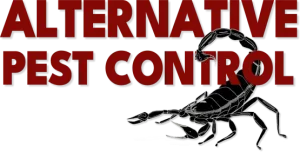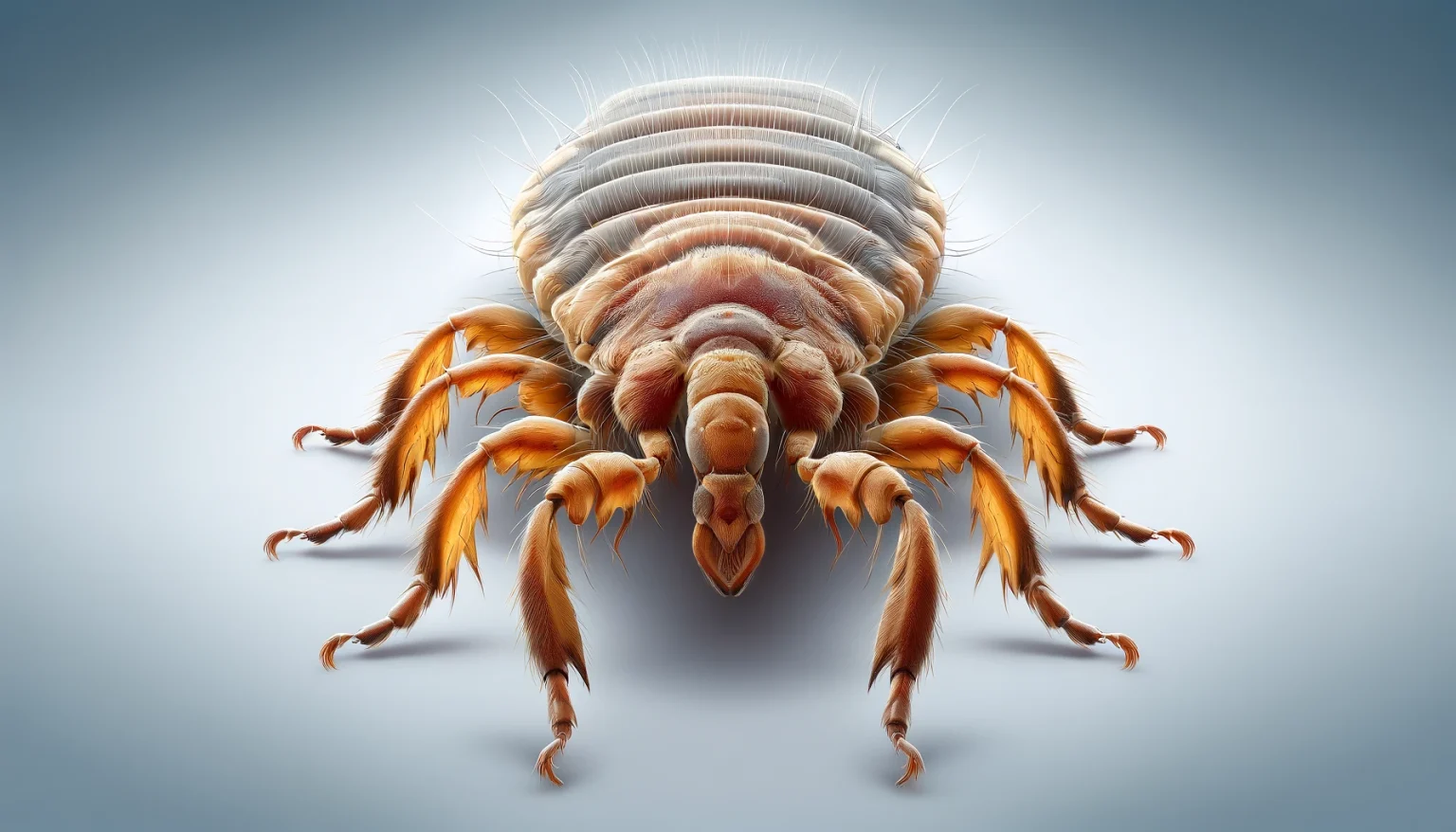The Texas Hill Country, with its warm climate and abundant wildlife, provides an ideal environment for fleas to thrive. These tiny pests are not just a nuisance; they can pose serious health risks to pets and humans alike. Understanding flea behavior, how to prevent infestations, and effective control measures are crucial for residents of this region.
Understanding Fleas
Fleas are small, flightless insects that feed on the blood of animals and humans. Their bodies are thin and flat, allowing them to move easily through animal fur or human clothing. Fleas are known for their incredible jumping abilities, which they use to transfer from host to host or environment to host. The most common species in the Texas Hill Country is the cat flea (Ctenocephalides felis), which, despite its name, affects dogs and humans as well.
Health Risks Associated with Fleas
Fleas are vectors for various diseases, including typhus and plague, and can transmit tapeworms to pets and occasionally to young children. Moreover, flea bites can cause allergic reactions, leading to rashes and severe itching. Pets suffering from flea bites may develop an allergic condition known as flea allergy dermatitis, characterized by extreme itching, skin infections, and hair loss.
Preventing Flea Infestations
Prevention is the most effective way to manage flea problems. Here are several strategies to help keep fleas at bay:
- Maintain Your Yard: Fleas thrive in moist, shaded areas with organic debris. Keeping your yard trimmed and clear of leaves, brush, and clippings can reduce flea populations.
- Protect Your Pets: Regular use of flea prevention treatments for pets is crucial. Consult your veterinarian about the best flea control products, including oral medications, flea collars, and topical liquids.
- Keep Wildlife Away: Wild animals often carry fleas. Secure garbage cans, feed pets indoors, and use fencing to discourage wildlife from entering your yard.
- Regular Cleaning: Vacuum carpets, rugs, and furniture frequently and wash pet bedding, cushions, and blankets weekly. This helps remove flea eggs, larvae, and adults from your home.
Dealing with Flea Infestations
If prevention measures fail and you find yourself dealing with a flea infestation, here are steps to effectively eliminate them:
- Identify the Problem: Check your pets regularly for signs of fleas. Look for tiny dark spots (flea dirt) or actual fleas. Don’t forget to inspect less obvious places like garages, attics, and basements.
- Treat Your Pets: Begin by treating your infested pets. Your veterinarian can provide treatments that kill and prevent fleas effectively.
- Clean Thoroughly: Vacuum all carpets, upholstery, and cracks in the flooring to remove fleas and their larvae. Dispose of the vacuum cleaner bag immediately after cleaning.
- Use Flea Control Products: Apply flea control sprays or powders to affected areas, and consider using a flea fogger for severe infestations. Make sure to follow the product instructions carefully to ensure safety and effectiveness.
- Consult Professionals: If home remedies and over-the-counter products don’t control the infestation, it may be time to call in professional pest control services. They can provide specialized treatments and advice for flea management.
Living in the Texas Hill Country means dealing with a variety of pests, including fleas. By understanding flea biology, maintaining diligent preventive measures, and knowing how to respond to infestations, you can protect your family and pets from the discomfort and health risks associated with these tiny pests. Remember, the key to controlling fleas is to remain vigilant and proactive in your efforts.



